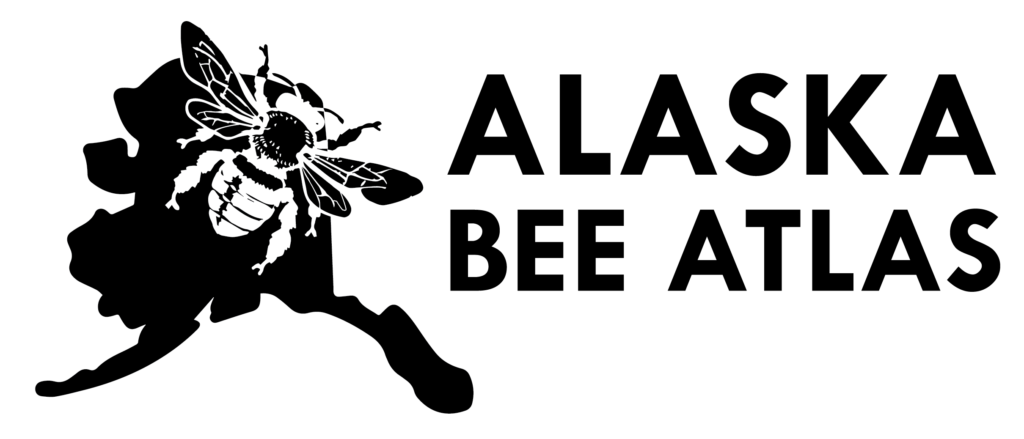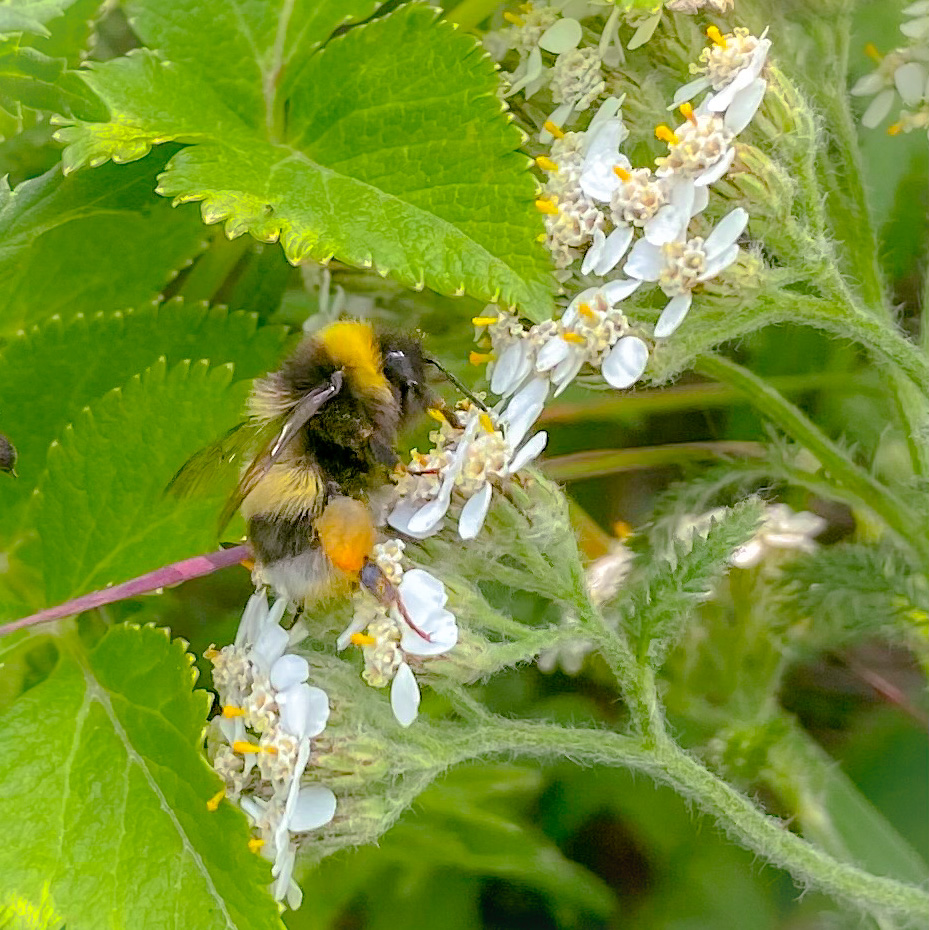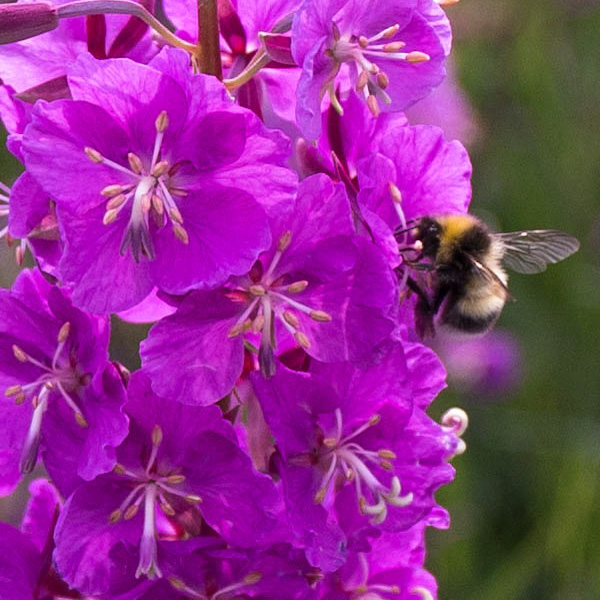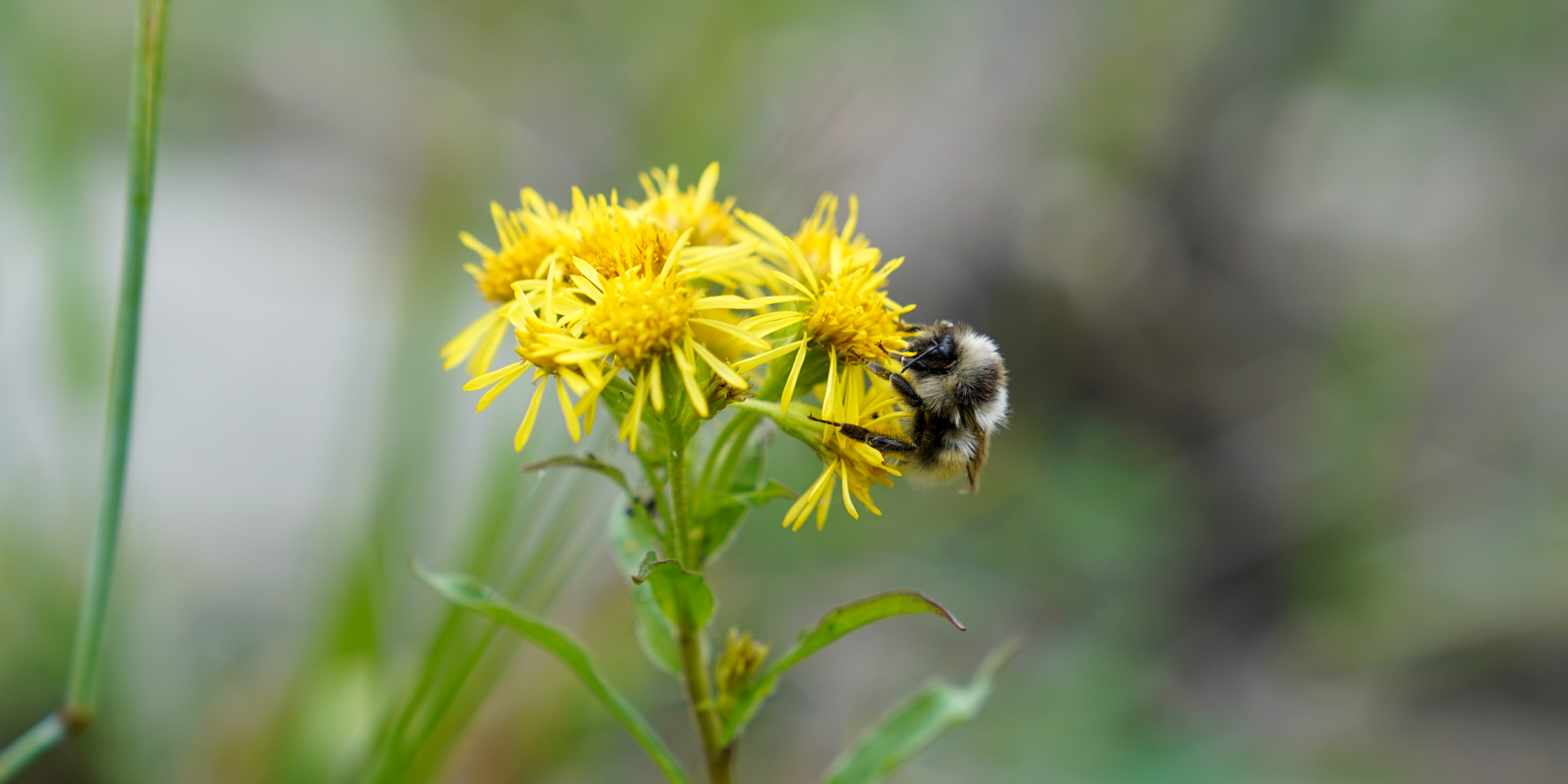The Alaska Bee Atlas is a collaborative program to collect data on bees in Alaska. While the diversity of bumble bees is reasonably known, the diversity and distribution of nonsocial, or solitary bees, in Alaska is poorly known. Bee observations collections allow us to identify regions, habitats, and species that are of conservation concern and more effectively target specific monitoring actions.
We supply researchers and community scientists with kits to survey for bees across the state. If you are interested in participating, please reference the resources section for methods and materials and the sampling grid map for geographic locations.
For more information, contact Justin Fulkerson.



Resources
Participation Requirements
A list of requirements that participants should understand and accept before committing to participating in the Alaska Bee Atlas.
Alaska Bee Atlas Manual
The standard operating procedures and list of materials for Alaska Bee Atlas. Field data sheets have been updated for 2025 and are located here. A Survey123 form will be released soon.
Alaska Bee Atlas Training
A virtual training occurred in May 2023. A recording of the training can be found on youtube.
Community Science Plan
A set of planning goals and guides for pollinator observation set by the Alaska Pollinator Coordination Group.
Results Map: 2018 to 2024
A web map showing site locations and what bees were collected under the Alaska Bee Atlas since 2018. The 2024 season results are now available! A spreadsheet of the results are available to download for personal reporting use.
Results: Specimens
The UAA Entomology Collection (UAA:Ento) is the primary repository for bees collected under the Alaska Bee Atlas. Some specimens are deposited at the University of Alaska Museum Insect Collection.
Registration
Registration is required every year to participate in the Alaska Bee Atlas. This allows ACCS to coordinate between participants and plan staff time for sample processing. Registration for the 2026 season will open in March 2026. Registration for the 2025 season is now closed.
Sampling Grid
The sampling grid allows us to prioritize and coordinate efforts across people and places. The web map below shows the sampling grid.

